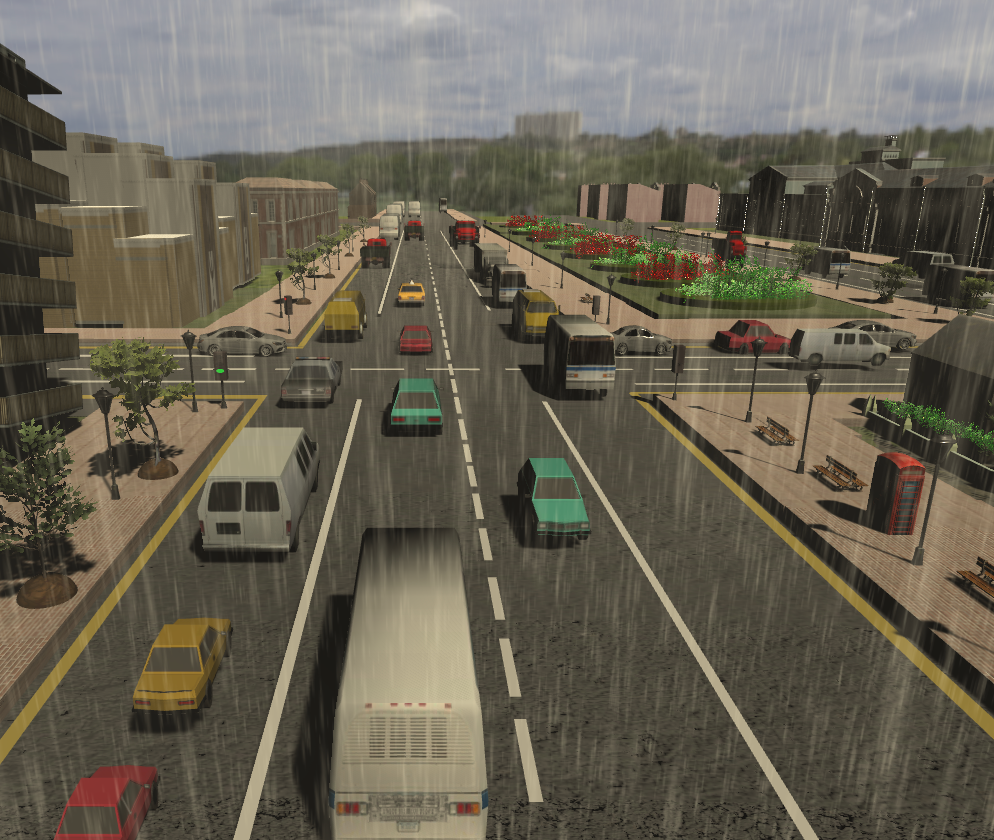Thanks to a new artificial intelligence system created by Aston University researchers; long lines at traffic signals may be a thing of the past.
 AI traffic light system could make traffic jams a distant memory. Image Credit: Aston University.
AI traffic light system could make traffic jams a distant memory. Image Credit: Aston University.
The technology, which is the first of its type, analyzes live camera video and adjusts traffic signals automatically, keeping traffic flowing and decreasing congestion. The research will be presented at the Autonomous Agents and Multiagent Systems Conference on May 11th, 2022.
The method employs deep reinforcement learning, in which a software recognizes when it is not doing well and attempts a different approach — or keeps improving when it succeeds.
The system outperforms all other approaches in testing, which usually rely on manually designed phase transitions.
In 2019, it was projected that congestion in the UK’s urban centers costs the typical UK resident over 115 hours of time per year, as well as £894 in wasted fuel and lost revenue. Inadequate traffic signal timing is a primary source of congestion.
The researchers used Traffic 3D, a cutting-edge photo-realistic traffic simulator, to train their algorithm and teach it how to manage various traffic and weather scenarios. Despite being taught entirely on simulations, the system adapted to real traffic junctions when tested on a real junction. As a result, it might be useful in a variety of real-world situations.
We have set this up as a traffic control game. The program gets a ‘reward’ when it gets a car through a junction. Every time a car has to wait or there’s a jam, there’s a negative reward. There’s actually no input from us; we simply control the reward system.
Dr. Maria Chli, Reader, Computer Science, Aston University
Magnetic induction loops are now the most common type of traffic signal automation used at intersections; a wire lies on the road and detects automobiles passing over it. This is counted by the software, which then reacts to the data. The AI developed by the Aston University team is more responsive and can react faster since it “sees” heavy traffic volume before the cars have passed through the lights and then make its decision.
The reason we have based this program on learned behaviors is so that it can understand situations it hasn’t explicitly experienced before. We’ve tested this with a physical obstacle that is causing congestion, rather than traffic light phasing, and the system still did well. As long as there is a causal link, the computer will ultimately figure out what that link is. It’s an intensely powerful system.
Dr. George Vogiatzis, Senior Lecturer, Computer Science, Aston University
The application can be configured to oversee any real or simulated traffic intersection and will begin learning on its own. The incentive mechanism can be modified to urge the software to let emergency cars through fast, for example. However, rather than being programmed with specific instructions, the program always teaches itself.
This year, the experts would like to start testing their system on real roads.